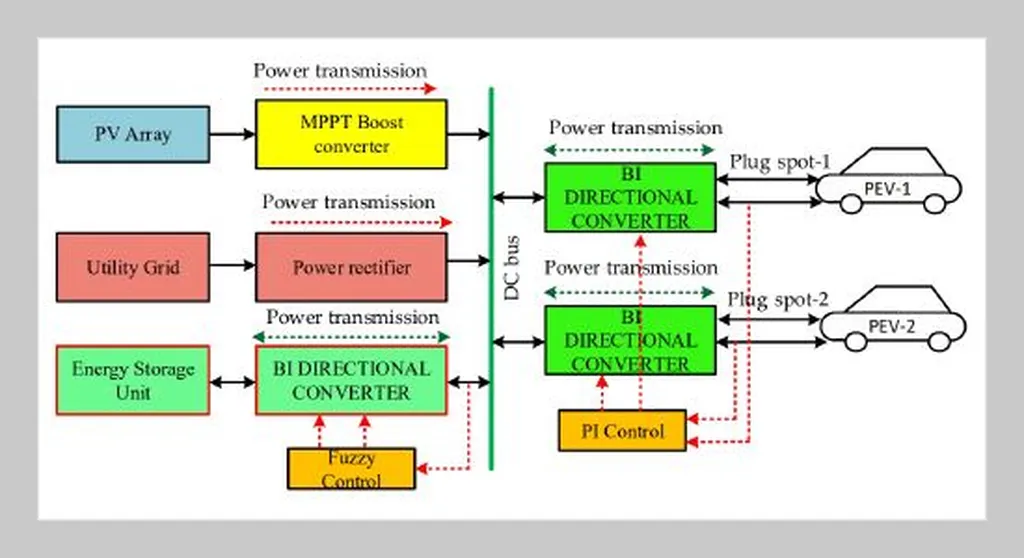In the quest to optimize electric vehicle (EV) performance, researchers have turned to dual-energy storage systems, combining the strengths of different battery technologies. A recent study led by Chien-Hsun Wu from the Department of Vehicle Engineering at National Taipei University of Technology has developed a real-time energy management system (EMS) for dual-energy electric buses, leveraging particle swarm optimization (PSO) to coordinate power distribution between lead-acid and lithium batteries. This research, published in the journal “Energy Conversion and Management: X,” offers promising advancements for the energy sector, particularly in public transportation.
Traditional single-battery systems often struggle to balance cost, lifespan, and performance under varying load demands and driving cycles. Wu’s study addresses this challenge by integrating dual-energy storage systems, which leverage the complementary advantages of each technology. “By optimizing the power distribution between lead-acid and lithium batteries, we can enhance energy efficiency and extend the overall lifespan of the battery system,” Wu explained.
The research team constructed a control-oriented third-order EV dynamics model for performance evaluation and developed a rule-based control (RBC) with three modes considering demanded power and State-of-Charges (SOCs) of dual energy sources. However, the study’s breakthrough lies in the advanced EMS adopting the equivalent consumption minimization strategy (ECMS) as the reference for 100% optimization. The team constructed four for-loop layers with a cost function influenced by weighting factors of SOCs, using the PSO algorithm to evaluate the optimal torque distribution ratio.
To validate the practical feasibility of the proposed strategies, the researchers constructed a hardware-in-the-loop (HIL) testing framework. The results were impressive: compared to RBC, the proposed ECMS and PSO achieved notable improvements in energy efficiency during the New European Driving Cycle (NEDC). In pure simulation, the improvements were 6.62% and 6.56%, respectively. For HIL experiments, the improvements were even more significant, with 10.48% and 10.41% increases in energy efficiency.
The implications of this research for the energy sector are substantial. As Wu noted, “Intelligent optimization algorithms have the potential to revolutionize dual-energy storage systems, making them more efficient and cost-effective for next-generation electric buses.” This could lead to widespread adoption of dual-energy systems in public transportation, reducing operational costs and environmental impact.
Moreover, the successful application of PSO in this context opens up new avenues for research and development. As the energy sector continues to evolve, the integration of advanced optimization algorithms with dual-energy storage systems could pave the way for more sustainable and efficient transportation solutions. This research not only highlights the potential of intelligent algorithms but also underscores the importance of continued innovation in the field of energy management.

